At the 2017 Fall ACS meeting in Washington DC, Luis M. Campos receives the Journal of Polymer Science Innovation Award and a symposium in his honor.
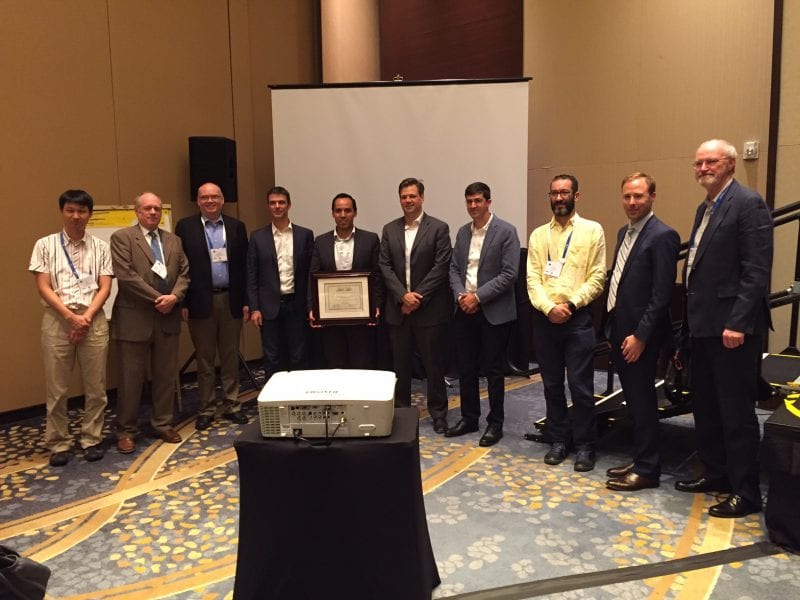

At the 2017 Fall ACS meeting in Washington DC, Luis M. Campos receives the Journal of Polymer Science Innovation Award and a symposium in his honor.

An outline of the recent progress in the syntheses of IMH perovskites is provided.
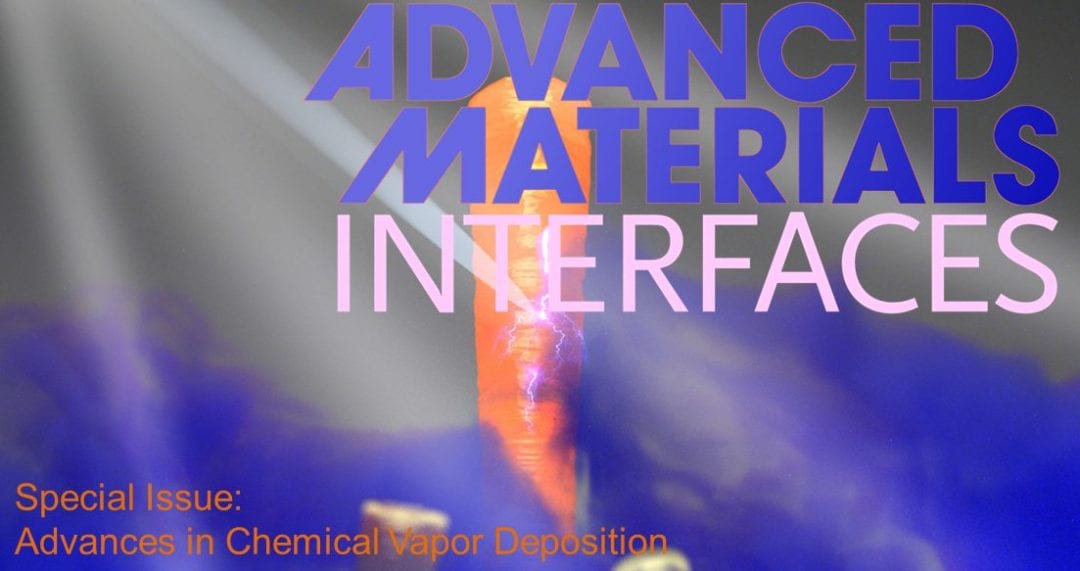
A new Special Issue entitled “Advances in Chemical Vapor Deposition” is published in Advanced Materials Interfaces in recognition of Professor Michael L. Hitchman

Is the electrification of the global fleet of automobiles and trucks truly a panacea for curbing greenhouse gas emissions, stabilizing global warming and ameliorating climate change or, rather, is it merely a way of shifting the problem from conventional internal combustion to electric vehicles?
An advanced review recently published in WIREs Developmental Biology summarizes insights about the genetic basis of variation of quantitative traits from the many GWA analyses of morphological, behavioral, life history and other traits that have been published to date using the DGRP and populations derived from it.
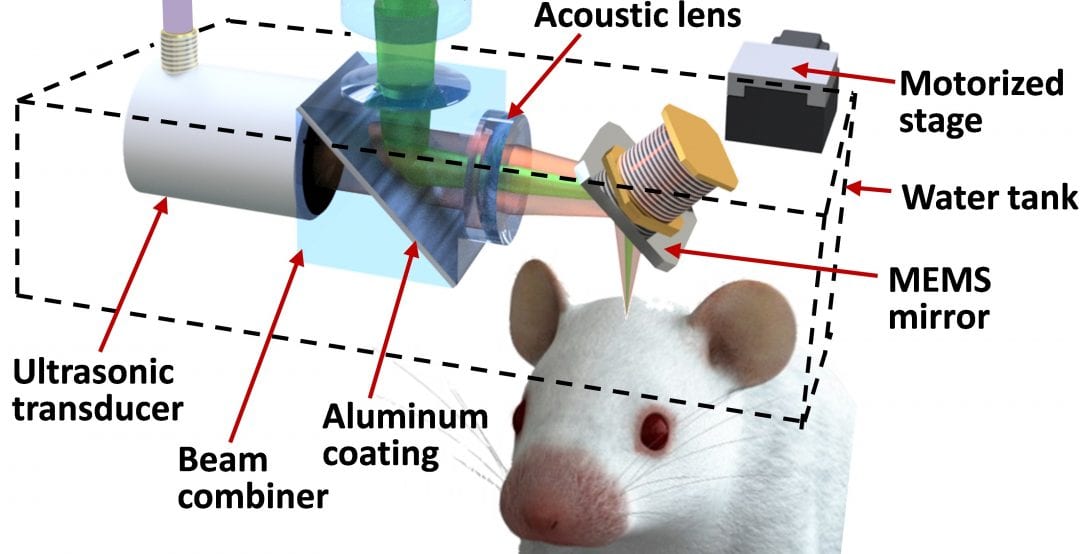
American neuro-scientists recently demonstrated getting a small step closer to creating a better understanding of so-called mini-strokes, which are related to cognitive decline and dementia, using high-speed optical-resolution photoacoustic microscopy.
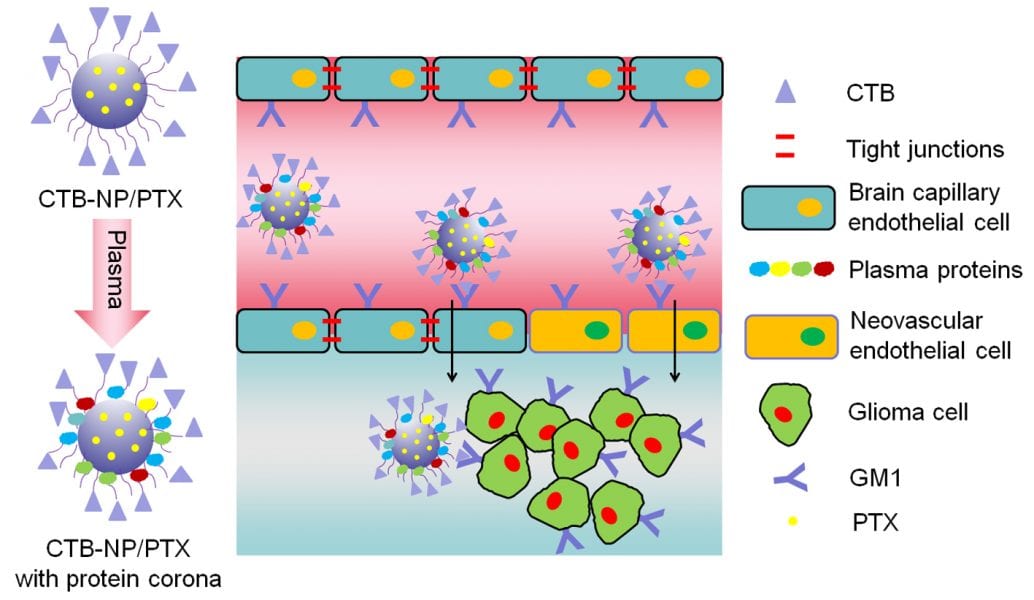
A multifunctional targeting of intracranial glioma inspired by the intoxication mechanism of the Cholera toxin is demonstrated.
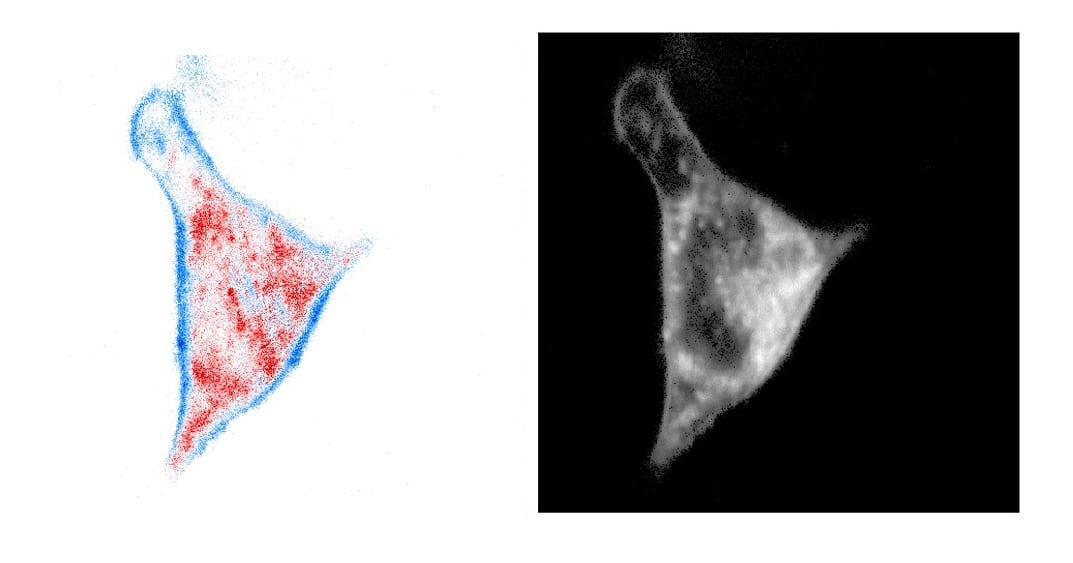
German and British researchers tested a novel Noise-Corrected Principal Component Analysis (NC-PCA) method for time-domain FLIM data and showed how useful and robust this new technique can be.
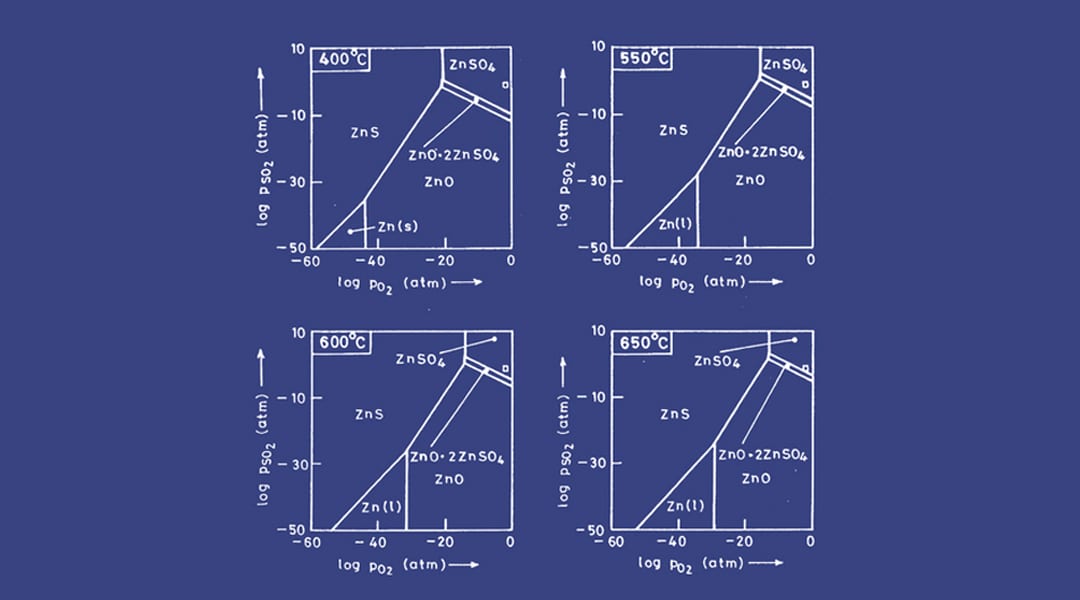
A newly published book discussing the physical chemistry of various steps involved in the extraction of different types of metals is an important contribution in the field of chemical metallurgy.
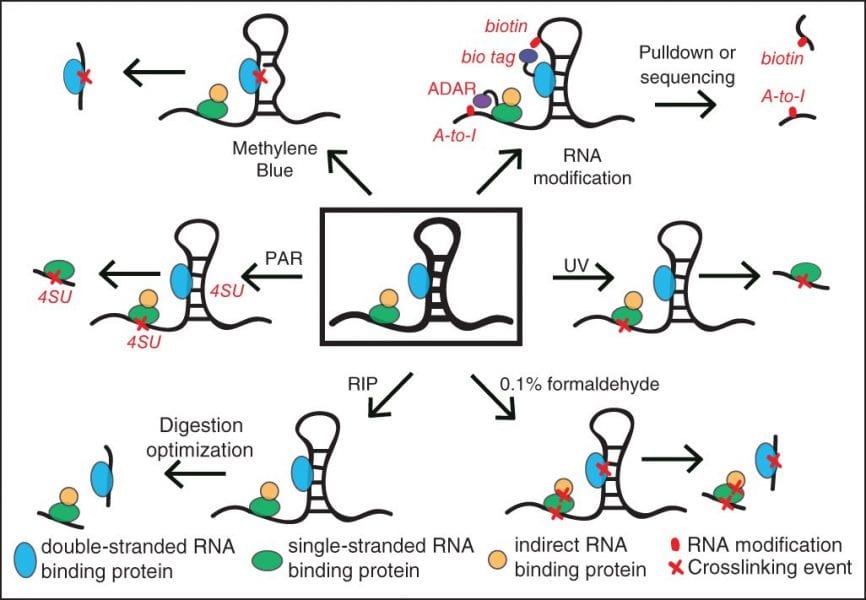
Methods to capture protein-RNA interactions. Different techniques are required to capture single-stranded (green), double-stranded (blue), and indirect (yellow) RNA interactions. Crosses (X) in red mark RNA sites that are crosslinked to the RNA binding protein.